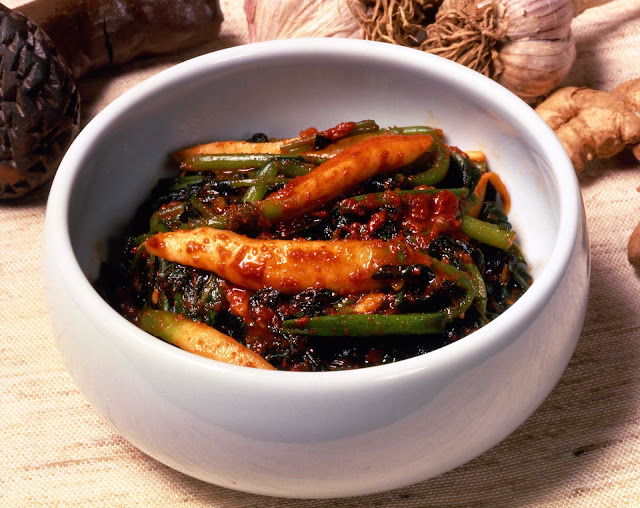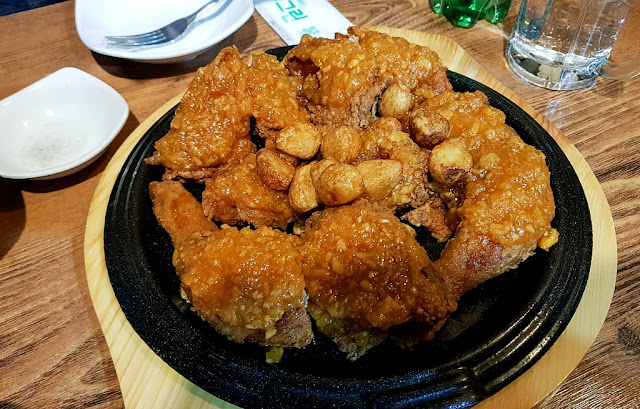[Food]
[Food] Jjinppang (Steamed Bun with Red Bean Paste, 찐빵)
Jjinppang (Steamed bun with red bean paste, 찐빵) is a popular cuisine that you can easily find with the street vendor or at a steamed bun house or convenience store these days. It's a very familiar food for Koreans in the winter but actually its origin is not from Korea.
It originates from Japan during the Japanese colonial period, but we don't know who brought it to Korea. It was invented in Japan by the Chinese 'Lin Jjung In' who came to Japan with his monk friend Venerable Ryojan in 1341 A.D. Residing at Venerable Ryojan's temple without much to do, he wanted to sell pork buns as he did in China. However, at that time, Japan prohibited meat consumption so Lin stuffed his steamed bun with red bean paste, which the Japanese love.
Jjinppang became very popular in Korea after the Korean War, thanks to the US who supplied a tremendous amount of wheat flour to Korea to solve the country's poverty and hunger. The Korean government encouraged their people to cook and eat flour-based foods, so Koreans started to cook noodle and bread-based foods with wheat flour from the US.
Jjinppang is hot, soft, spongy and sweet! That's why jjinppang is considered one of the best winter snacks in Korea. When you hold jjinppang in your palm and take your first bite, you'll momentarily forget the cold seeping through your bones. Its soft and silky red bean paste goes really well with hot steamed flour dough. Today, there are so many kinds of jjinppang filled with minced pork, chicken, pizza sauce, milk cream, custard, sweet potato paste, and more.
Steamed bread may vary slightly from house to house, but all of them are delicious, cheap, and hot. My favorite jjinppang house cooks very flat jjinppang with various kinds of colorful dough with mugwort, old pumpkin, pink cactus and black sesame :)
If you visit Korea in the winter and find a house full of steam and stainless pots, don't forget to buy jjinppang. The sweetness of red bean paste and dough will welcome you warmly :)
Bon Appétit!




























































